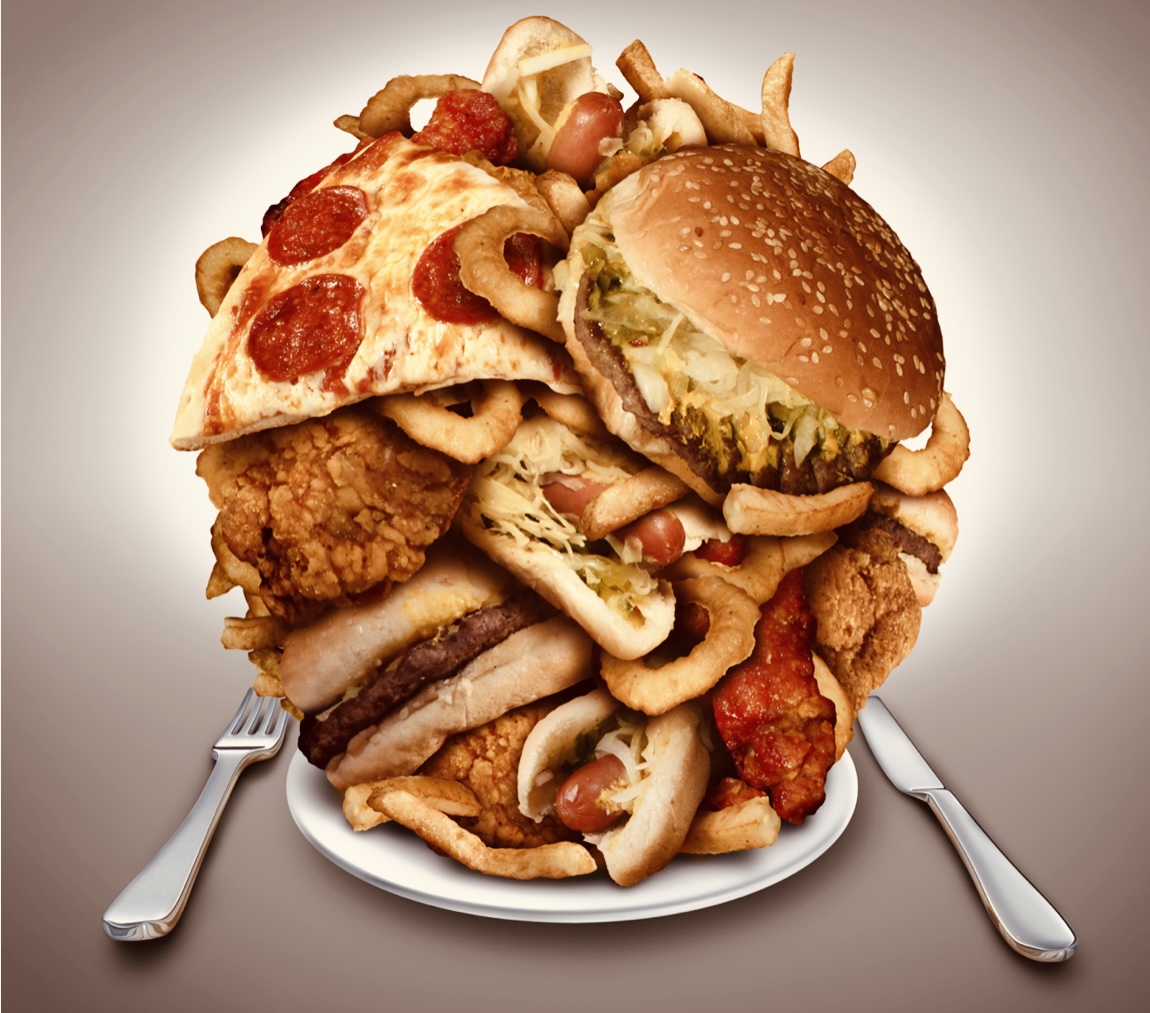Let’s start talking about weight
Is the United States of America the fattest nation in the world? Not quite—it comes in at number one among high-income nations, but it is the 12th most obese nation overall. In the United States, one in three adults (36%) and roughly two out of three (69%) are obese or overweight. When a person’s Body Mass Index (BMI)–which takes into account their height, weight, age, and sex–is 30 or more and they have an excess of body fat, they are considered obese.
Nauru, an island republic in the Pacific Ocean that is 4,000 kilometers northeast of Sydney and 42 kilometers south of the equator, has a population that is 61% obese, making it the world’s most obese nation (CDC).
According to Centers for Disease Control statistics, overweight is defined as having a BMI, which is calculated as a person’s weight in kilograms divided by the square of height in meters, that is at or above the 85th percentile and below the 95th percentile among kids of the same age and sex. Having a BMI that is at or above the 95th percentile is considered obese.
Data from the National Health and Nutrition Examination Survey show that about one in five children and over two out of every five adults are fat. In addition, the percentage of Americans who are obese is over 35% in 19 states, up from only 16 the previous year (NIH). No state had obesity rates higher than 35 percent ten years ago.
Numerous illnesses, such as diabetes, heart disease, stroke, and several malignancies, including colorectal and breast cancer, are associated with obesity. As if that weren’t enough, obesity-related medical expenses amounted to around 173 billion dollars in 2019 alone (CDC).
While there are many contributing causes to the obesity epidemic in the United States, food portion size is a key cause for concern. Why do we consume more food than any other nation on the planet? In a previous study, food portions in the United States and other countries were compared. According to this study, which compared 11 comparable restaurants in the two cities, portion sizes in Paris were, on average, one-fourth that in Philadelphia. Fast food portions are four times bigger now than they were in the 1950s, even in the U.S. (WHO). It is recognized in fast food places when visiting abroad, and honestly, no other country can compare to the volume of fries you get in an extra-large order at McDonald’s.
Cornell research also found that giving people more food makes them eat more. It comes as no surprise that greater portion sizes lead to increased calorie consumption and weight gain for many Americans who dine out frequently.
The trend of Americans leading increasingly inactive lives is equally worrying. A whopping 84% of Americans watch TV for at least two hours every day. A 15-year research tracking American behavior patterns found that adults’ total sitting time grew from 5.5 to 6.4 hours per day and adolescents’ total sitting time climbed from 7 to 8.2 hours. Americans who are less physically active burn fewer calories during the day and are more likely to build stored fat in the form of extra pounds on the weight machine.
The widespread increase in screen time that comes with gadgets like computers, iPads, and telephones is also detrimental to Americans’ efforts to become more active and fit. The American Department of Health and Human Services established the Physical Activity Guidelines for Americans in 2018, which state that people should perform 150–300 minutes of moderate physical activity or 75–150 minutes of vigorous physical activity per week (CDC).
Changing one’s diet and exercising on an individual basis will not be sufficient to curb obesity in America. Only a public health strategy that addresses systemic issues like discrimination, social determinants of health, food insecurity, and limited access to essential health resources can effectively reduce obesity.
For instance, the inability to eat healthily due to a lack of money or resources is referred to as food insecurity. This is especially crucial for America’s poorest communities, who frequently cannot afford the priciest, healthiest goods found in shops. They are forced to buy less expensive fast food instead, which typically contains fewer nutrients but more calories.
It should come as no surprise that marginalized communities and people from lower socioeconomic backgrounds are more likely to be obese. In America, adults of Hispanic descent are more likely to be obese than non-Hispanic Black adults. This is often due to the latter group’s lack of access to healthy food options and their place of residence. State and federal legislators need to prioritize taking action against obesity. This can be achieved by giving federal programs like nutrition assistance programs more funding and by making healthy school meals available to all students enrolled in public schools, as was the case in numerous states during the COVID-19 pandemic.
Ending obesity begins with our choices, especially for those of us who can afford upscale meals. Everyone should focus on eating smaller, healthier meals and maintaining an active lifestyle. Consume a nutritious, low-calorie diet and get regular exercise. To achieve this, follow your practitioner’s advice on eating a well-balanced, calorie-controlled diet; consult a health expert such as a dietitian; and join a local weight loss support group.
Alcohol can cause weight gain by preventing your body from burning fat; it is high in kilojoules, can make you feel hungry, and can cause cravings for salty and greasy foods. Abstain from alcohol to improve your holistic health and prevent chronic illnesses (CDC). Make your health a priority by eating and drinking healthier foods like whole grains, fruits and vegetables, healthy fats, and protein sources. Limiting unhealthy foods and beverages such as refined grains and sweets, potatoes, red meat, and processed meat. Physical activity should be increased which can also be helped by limiting television, screen time, and other forms of “sit time”.
